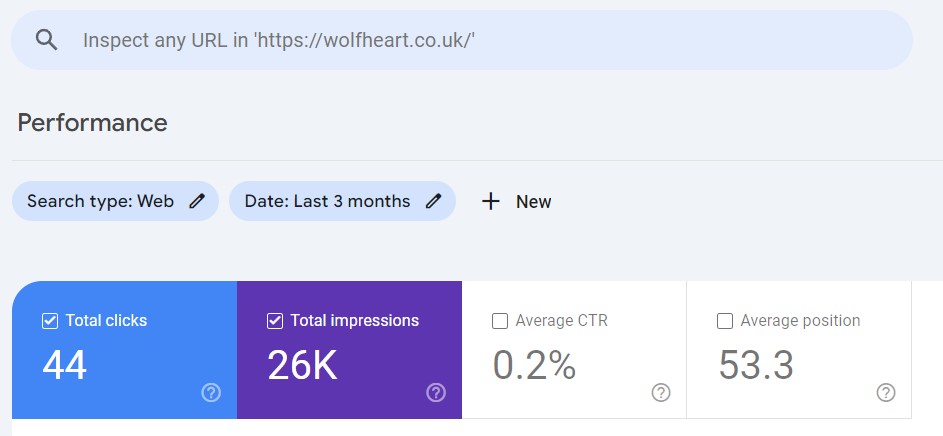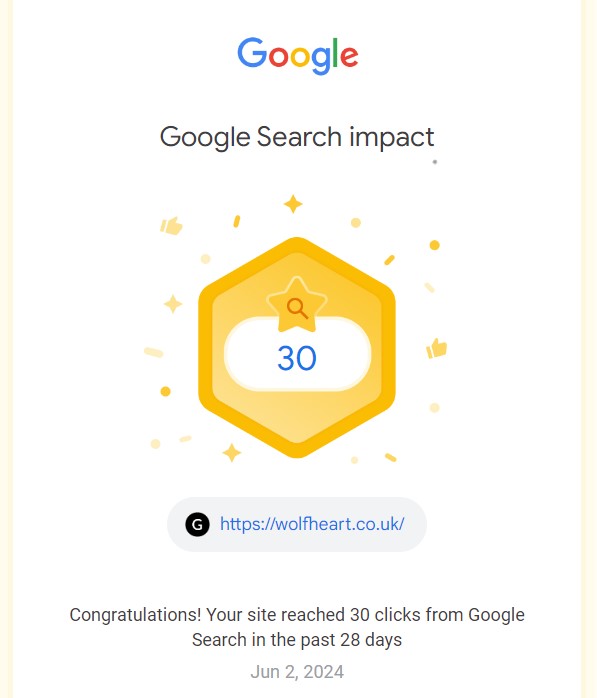
Learn To Write Evergreen Content & Watch Your Traffic Grow Over Time
Create evergreen content that ranks for years, making successful SEO much easier.
Moreover, Neil Patel (Ubersuggest) and many other SEO gurus state that updating aged content is as effective as writing new content.
Indeed, current data suggest refreshing old content is a more powerful way to get Google to rank the content.
If you don’t understand the importance of evergreen content, you may miss out on valuable opportunities to grow your business. Moreover, you’ll be forever creating content that goes out of date.
Above all, evergreen content is the holy grail of digital marketing. It will continue driving traffic to your site for years to come.
If you’re ready to learn how to craft evergreen content, I’m about to spill the beans on crafting sustainable blog content that’ll have Google falling head over heels for your website!
What is Evergreen Content and Why Does it Matter?
Discover precisely what evergreen content is and how to write it.
The Definition Of Evergreen Content
Evergreen content is topics that don’t become outdated or lose relevance and continues to be helpful to readers in years to come. For example, “7 ways to monetise your blog for passive income” and “8 steps to building a faceless brand”
10 Benefits Of Evergreen Content For SEO And Engagement
- Establishes authority and expertise in your niche
- Continuous traffic generation long after publication
- Serves as a foundation for internal linking strategies
- Higher return on investment (ROI) for content creation efforts
- Provides consistent value to your audience, building trust and loyalty
- Improved search engine rankings due to sustained relevance and traffic
- It helps attract organic backlinks over time, boosting domain authority
- Increased opportunities for backlinks as the content remains beneficial over time
- Reduces the need for constant content creation; focus on quality over quantity
- Offers opportunities for repurposing into other content formats (e.g., videos, infographics)
Examples Of Successful Evergreen Content
- How to start a podcast
- Tips for writing a resume
- Beginner’s Guide to SEO
- Guide to affiliate marketing
- X ways to monetise your blog
- Top tips for maximising SEO Console data
- Understanding evergreen content for SEO
That is to say, this kind of content never gets old. These are subjects that people search for daily.
Choosing the Best Topics for Evergreen Content
Research your topics thoroughly to create a pillar post and content clusters.
9 Key Characteristics Of Evergreen Topics
- Broad Appeal: Subjects of interest to a wide audience within your niche
- Recurring Problems: Issues people consistently face and seek solutions
- Unchanging Processes: Methods or techniques that don’t rapidly evolve
- Universal Questions: Topics addressing everyday curiosities or concerns
- Foundational Concepts: Basic principles underpinning more advanced topics
- Timeless Relevance: Topics that remain important regardless of current trends
- Cyclical Interests: Subjects that regain relevance periodically (e.g., seasonal topics)
- Fundamental Knowledge: Basic information that newcomers to a field always need
- Timeless Human Interests: Topics related to enduring aspects of human nature or society
How To Identify Evergreen Opportunities In Your Niche
Don’t skimp on this stage if you want to write the best evergreen content in your niche. Analyse the FAQs in your industry, You can do this with a Google search or Ask the Public.
Research your competitors for evergreen content and especially choose topics that identify common pain points, solve problems and are helpful for beginners
9 Powerful Tools For Evergreen Topic Research
These time-tested SEO tools are fantastic for helping you identify opportunities for evergreen content. Moreover, most of them are free.
- SimilarWeb: A good SEMrush alternative
- SEMrush: Identify keywords with steady search volume
- Quora: Identify frequently asked questions in your industry
- Reddit: Explore subreddits in your niche to find recurring discussions
- Answer the Public: Discover questions people are consistently asking
- BuzzSumo: Find content that has performed well over extended periods
- Ahrefs: Analyse top-performing pages in your niche for evergreen ideas
- Google Trends: Analyse search interest over time to identify stable topics
- Google Search Console: Analyse your content for consistently high-performing topics.
Avoid Time-Sensitive Language And References
Don’t reference current events or news stories. Instead, focus on timeless principles rather than current trends and use present tense. Don’t use phrases like “this year,” “recently,” or “last month”
When discussing statistics, focus on percentages rather than absolute numbers. Use relative time references (e.g., “in the past decade”) instead of specific years
Structuring Your Content for Long-Term Success
Play the long game. Spend a little longer in the planning stage to structure your blog content for long-term success.
Best Practices For Organising Evergreen Content
Create a FAQ section. At the end is usually best. Include a table of contents, a summary or key takeaways section and bulleted or numbered lists for longer pieces.
Start with the most vital information first. Keep intros short and paragagraphs to no longer than 3-4 sentences. What I do is, after publishing, I open the post on my mobile phone and adjust to create more white space as necessary.
Use internal links to connect related topics within your site
How to Use Headings And Subheadings Effectively
Keep headings concise and descriptive and use H2s with at least 2 subsections, and maintain consistenct in heading structure.
Use a headline analyser for compelling headings. Avoid Clickbait: Headings must accurately reflect the content that follows
Make headings stand out visually (my headings are green font)
How to Optimise Evergreen Content for Search Engines
Remember, you’re writing helpful content for the reader, not just Google bots.
Key SEO Elements For Long-Lasting Content
- Regularly update your content
- Use descriptive anchor text for links
- Add internal links to relevant articles
- Optimise image alt text and file names
- Use external links to authoritative sources
- Ensure your content is 100% mobile-friendly
- Add the target keyword in the title & description
- Optimise for featured snippets by directly answering common questions
Implementing Semantic SEO Strategies
SurferSEO is one of the best SEO writing tools because it provides multiple semantics for each article.
Moreover, content created with SurferSEO consistently ranks because the semantics help create a comprehensive article.
I used this powerful SEO tool with many of the companies I wrote SEO content for and the content got ranked super quick.
If you don’t want to invest in SurferSEO, try using Claude or ChatGPT to generate semantics for your primary and secondary keywords. SurferSEO is the SEO software professionals use because it works.
Use natural language patterns and a conversational tone. I always write to one person. Answer related questions to your main topics and create content aligning with user search intent
Research and use synonyms and variations of your keywords. I use a lot of long-tail keyword phrases because I find they work well in Google ranking.Check the People also ask when doing your Google searches.
Write as if you’re talking to a complete beginner. Readability keeps people on your page, which shows Google your content is valuable.
Place primary keywords in the first paragraph and headings and use analogies and examples to explain complex topics
I use the free Yoast plugin on WordPress as it gives a readability score. I also use Microsoft Word “read aloud” function to check auditory rhythm
Leveraging Social Media And Email Marketing For Evergreen Content
I’m not a fan of social media, but it has its place. Social media marketing can help maximise visibility for your evergreen content if you have followers and good views.
I am a believer in curating content. For every post you publish, share it everywhere, on all of your social media channels. Create pins if you’re on Pinterest.
You could also create a mini course from your evergreen content, especially if you have built good sequencing with your evergreen posts.
Conclusion
To sum up, creating evergreen content that never gets old and ranks for years isn’t just a pipe dream.
Moreover, sustainable content marketing is achievable once you implement the right strategies and commit to a long-term plan.
Therefore, by focusing on timeless topics and content that never loses traffic, you’ll build a library of content that defies time and stays relevant to your audience.
Remember, the key is to provide enduring web content that stands the test of time. Try to write more evergreen blog posts instead of trending content nobody wants to read in a year.
Meanwhile, share trending content on social media, but build a portfolio of evergreen articles and gain consistent traffic, views, clicks and sales.
Disclaimer: There are affiliate links on this page. If you make a purchase, I may receive a small commission.








